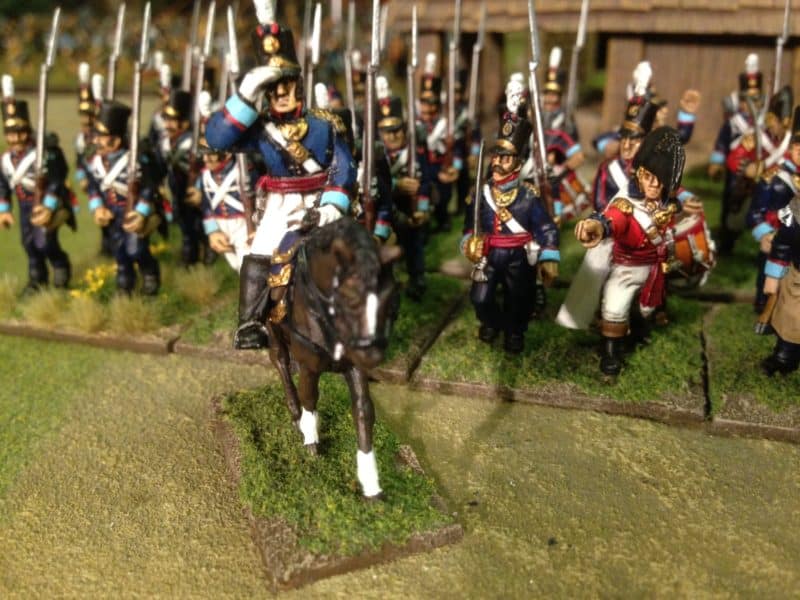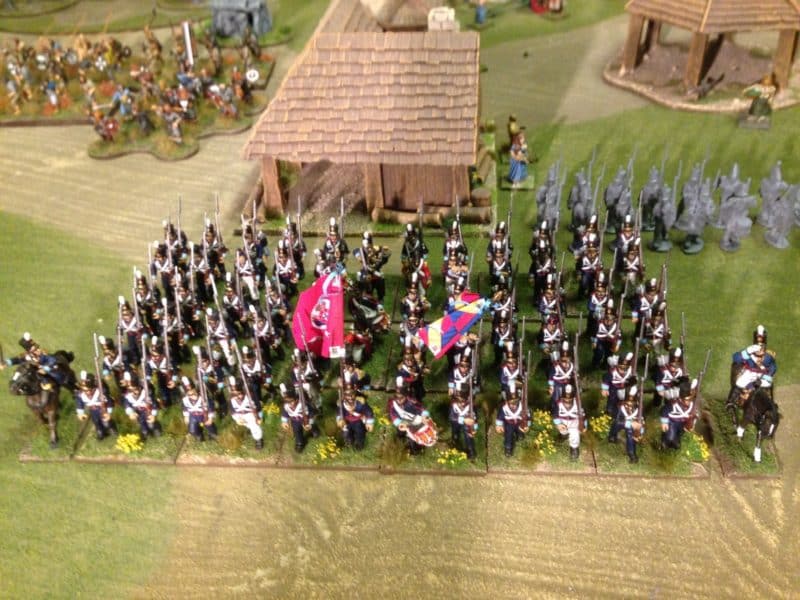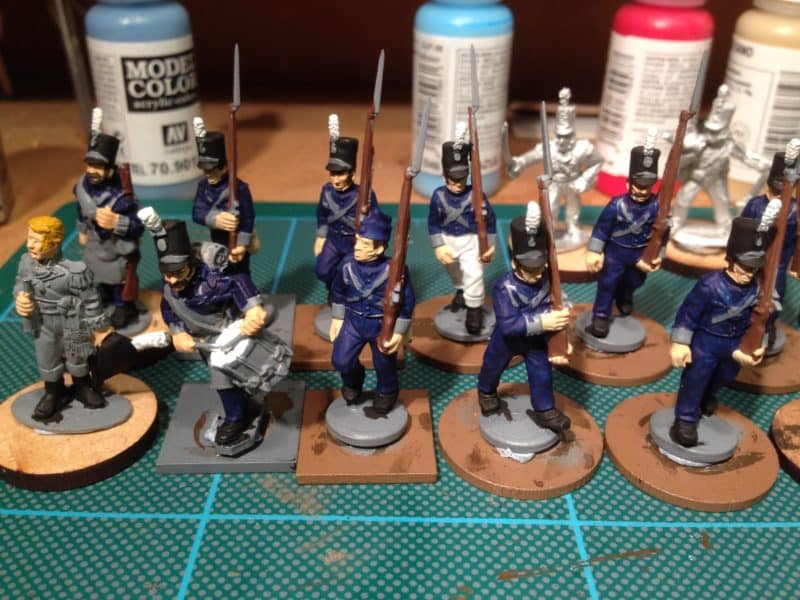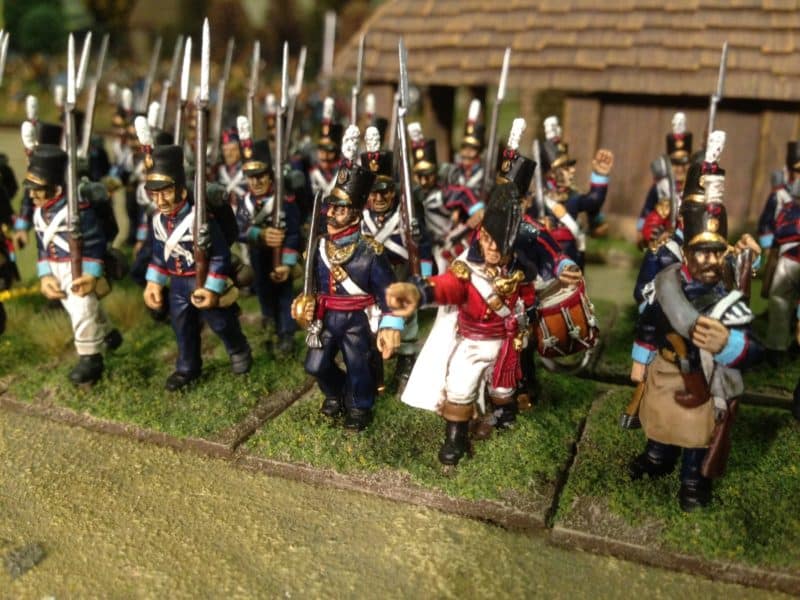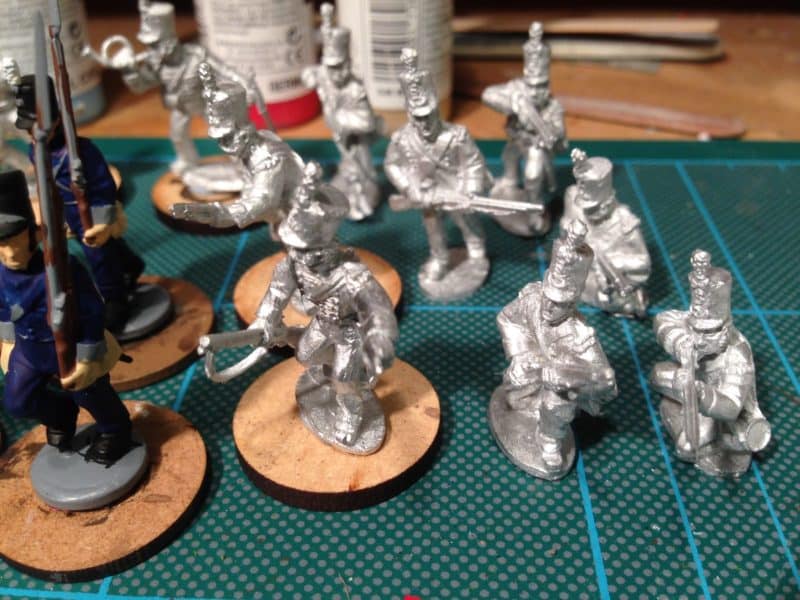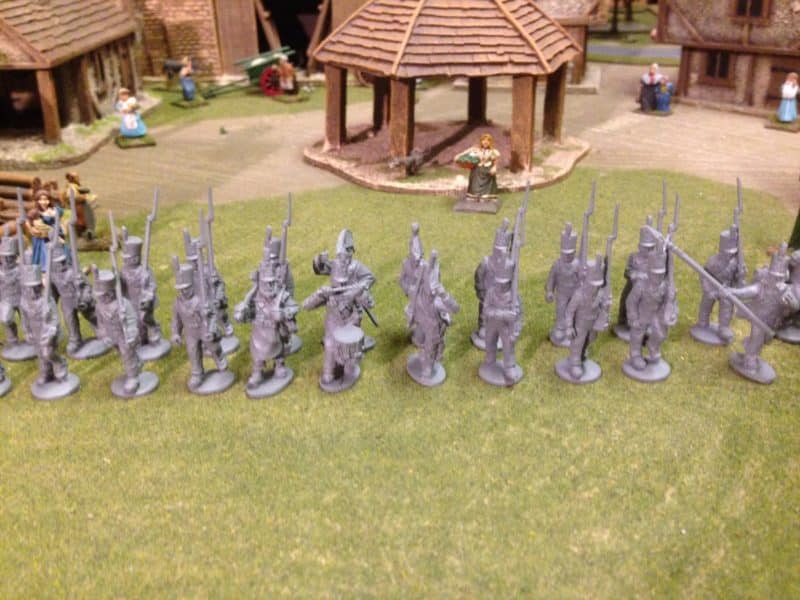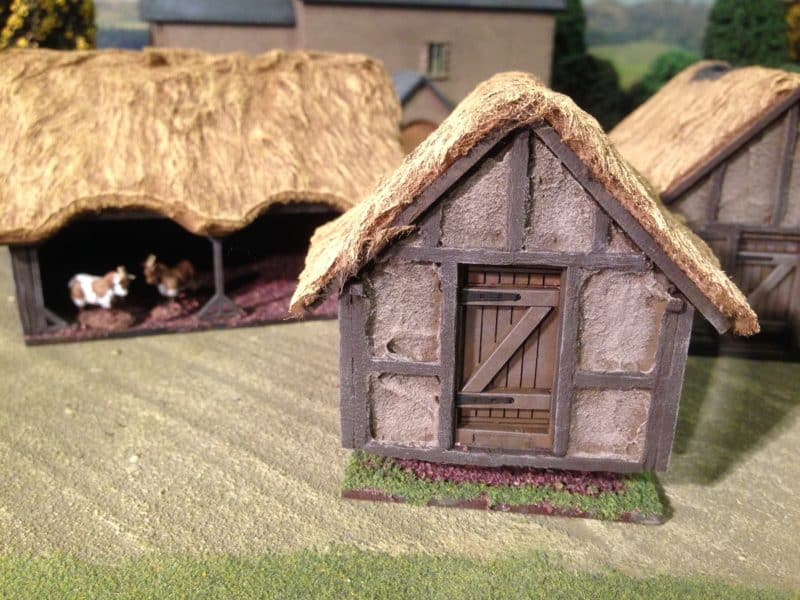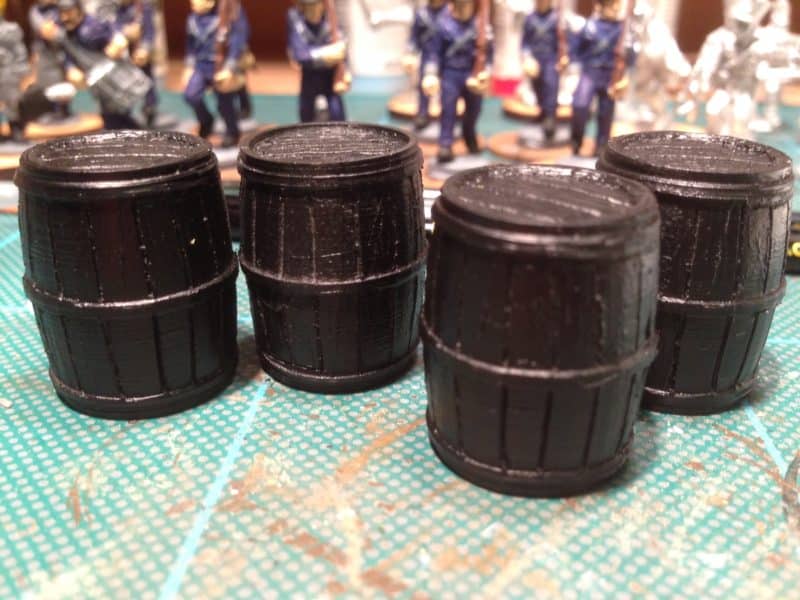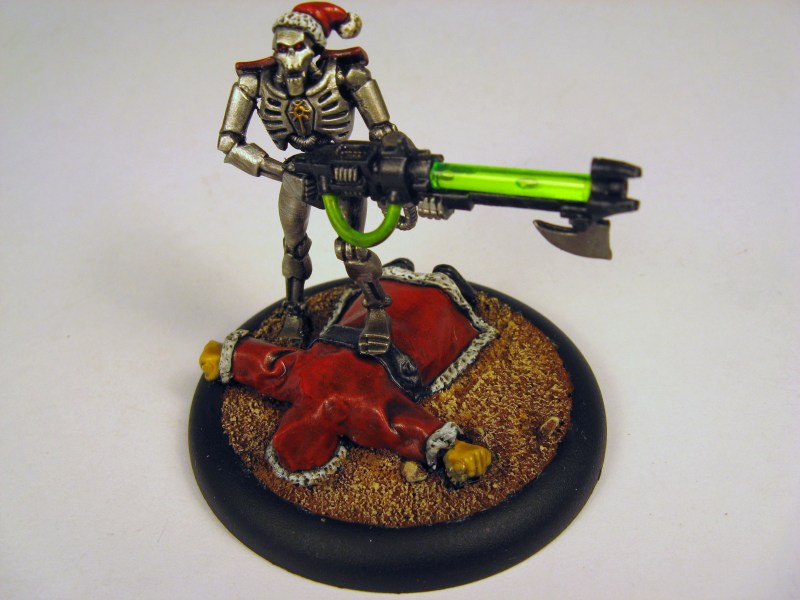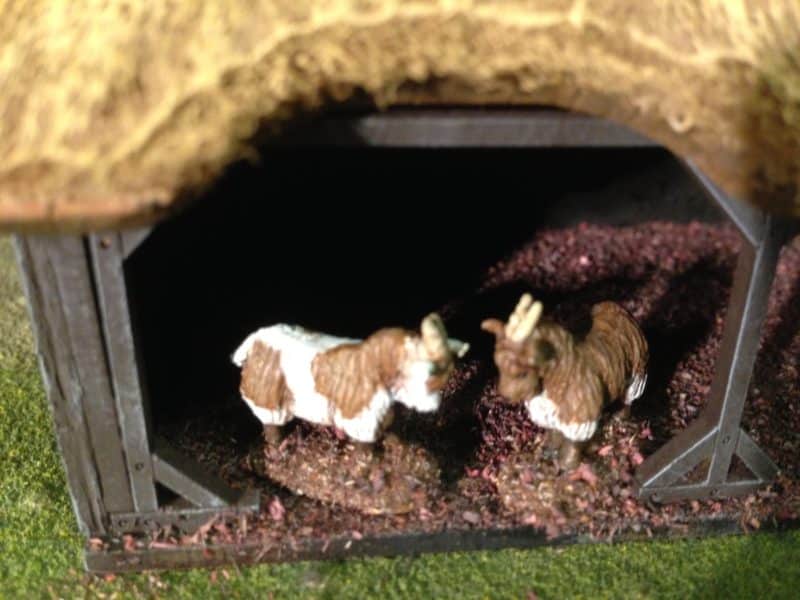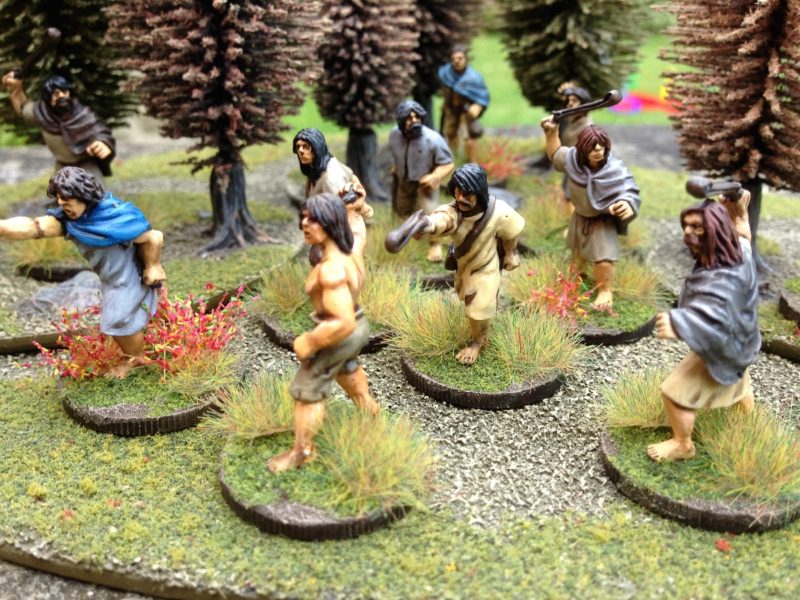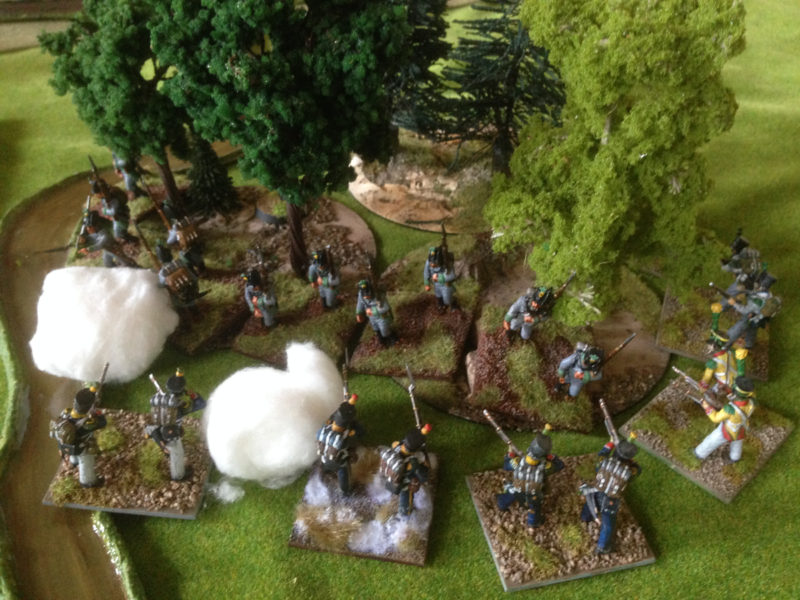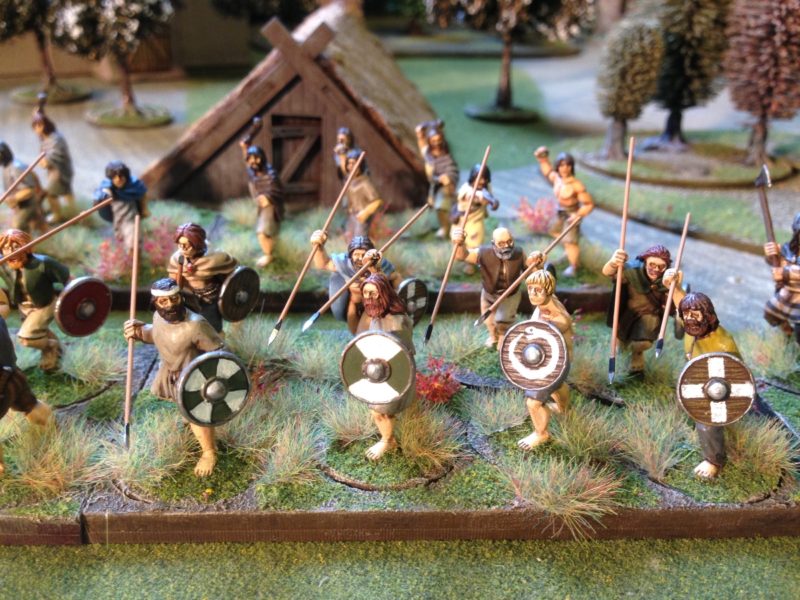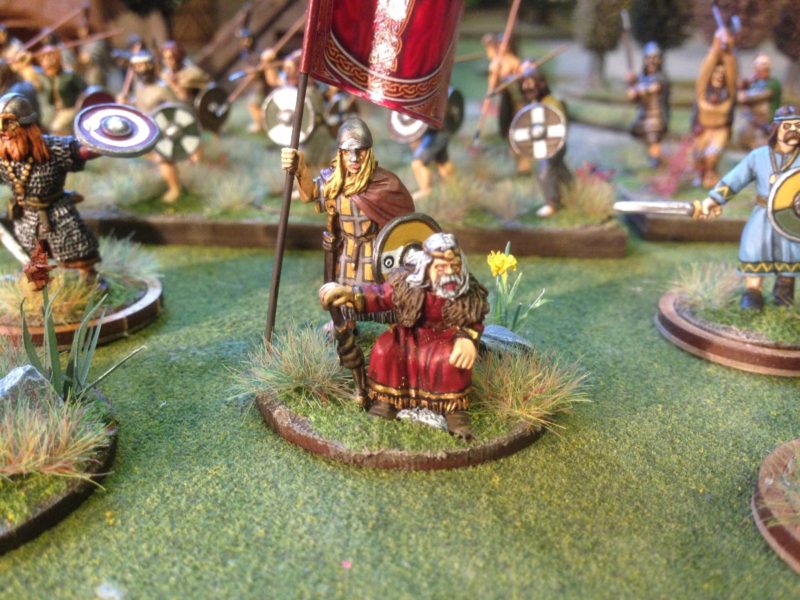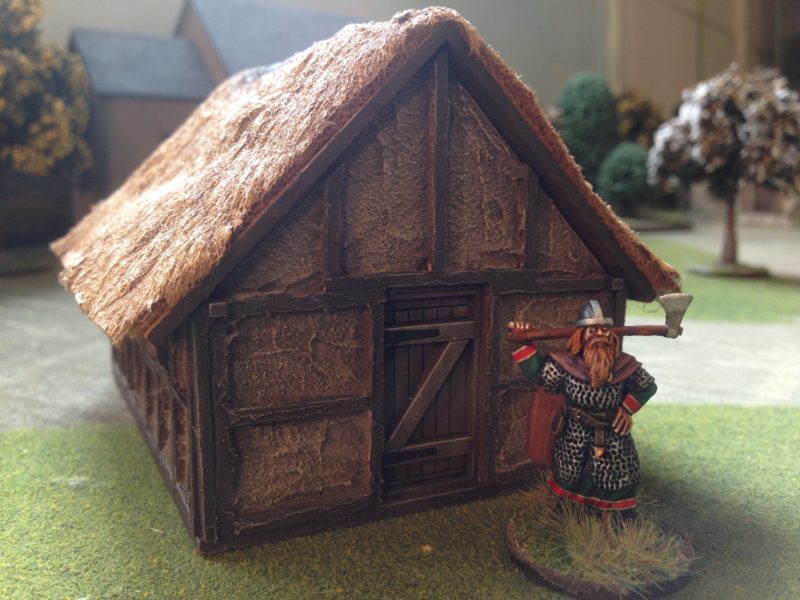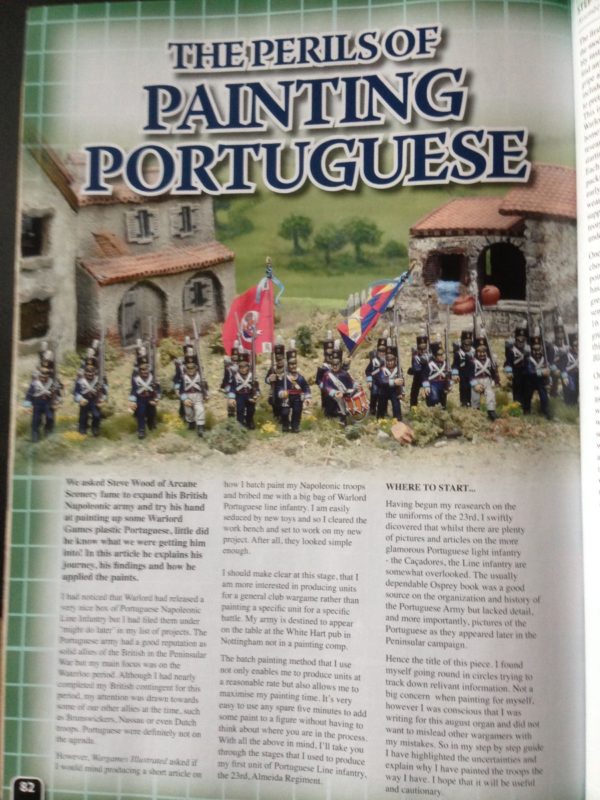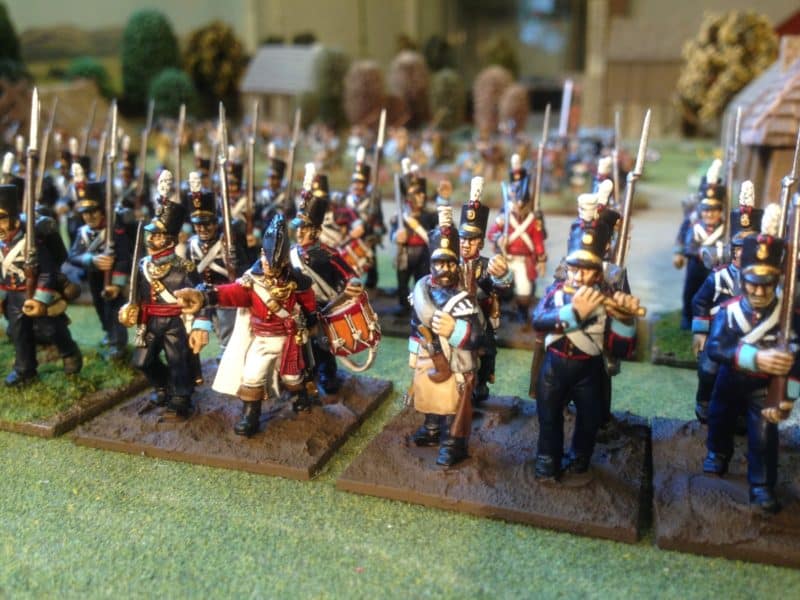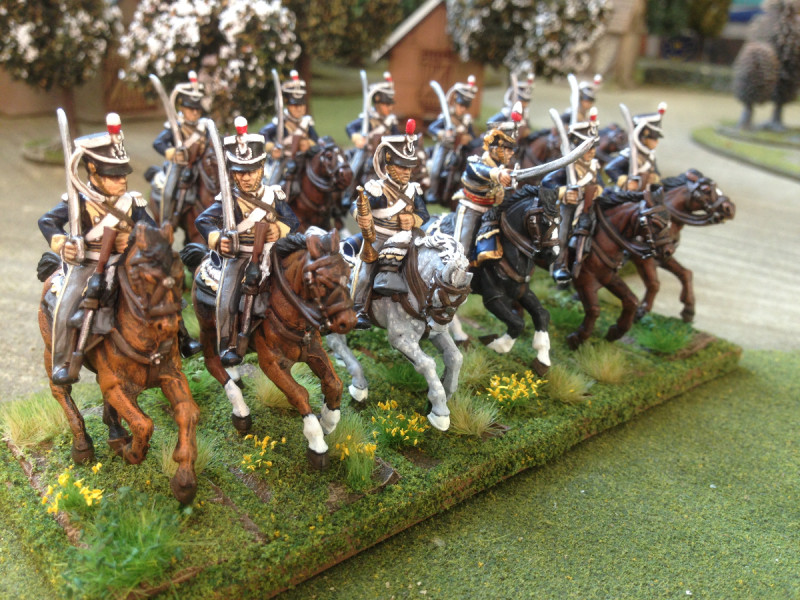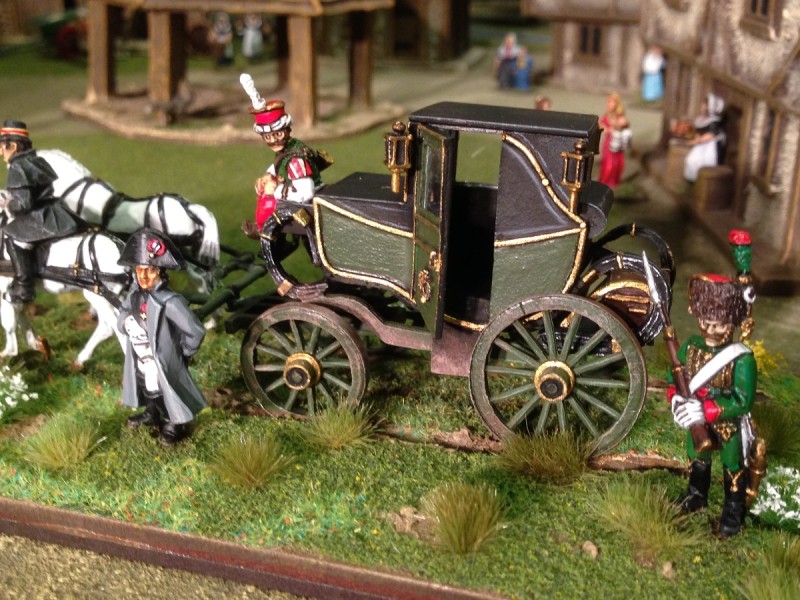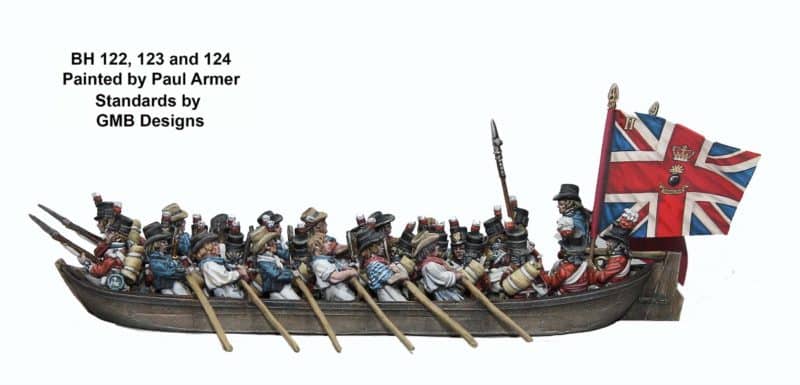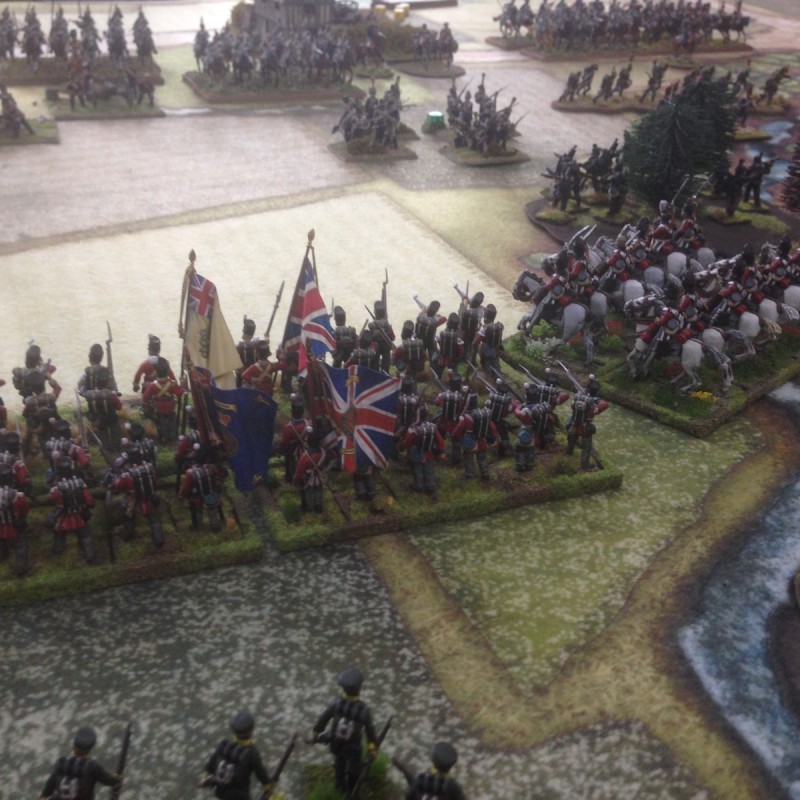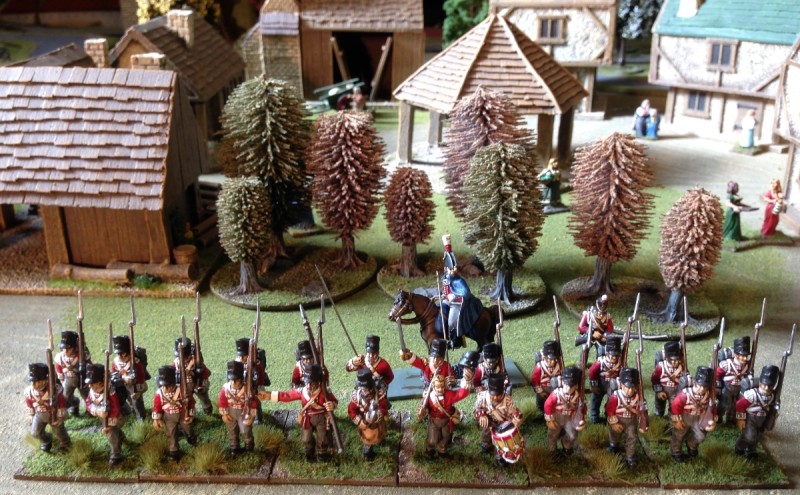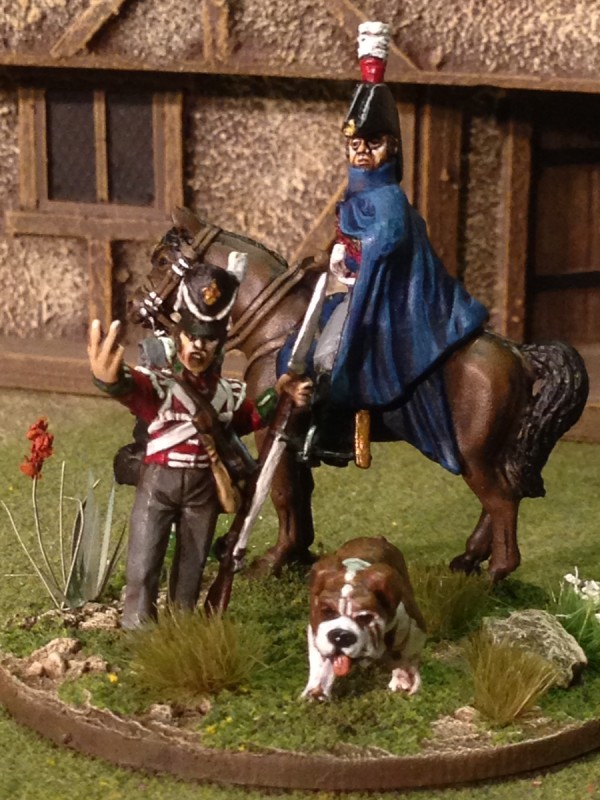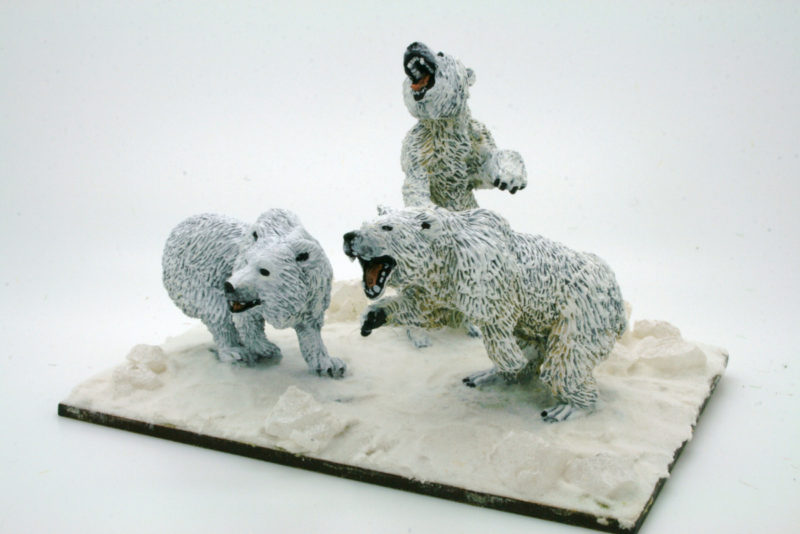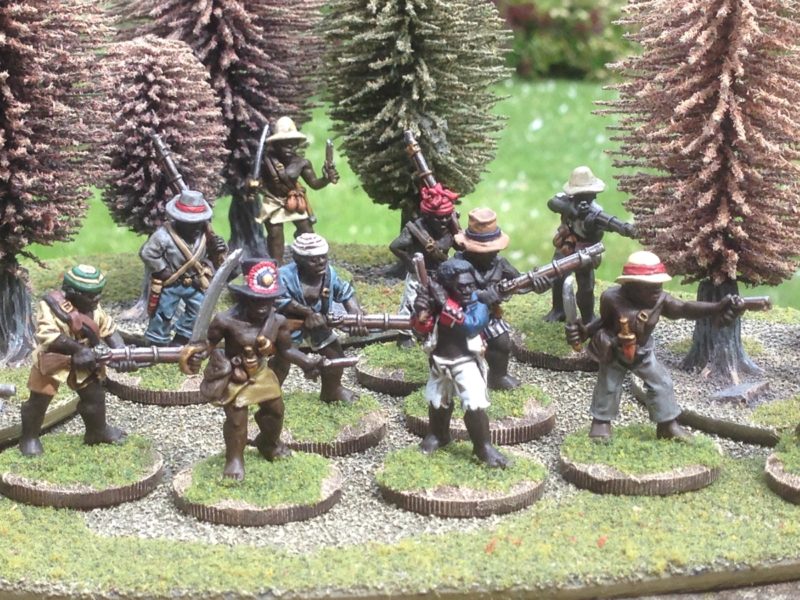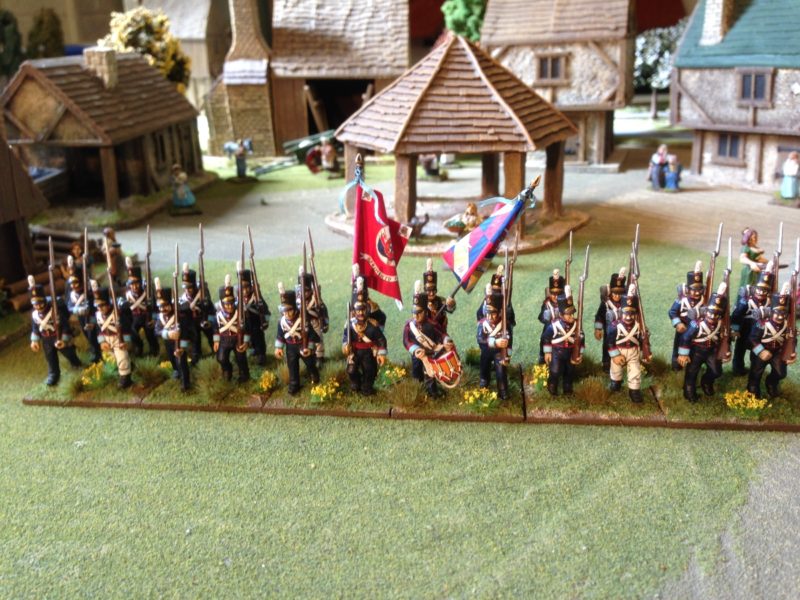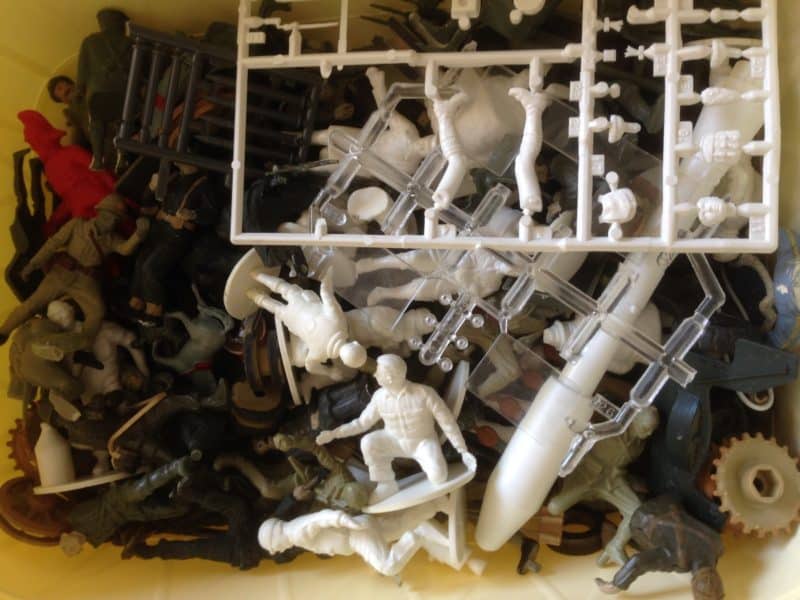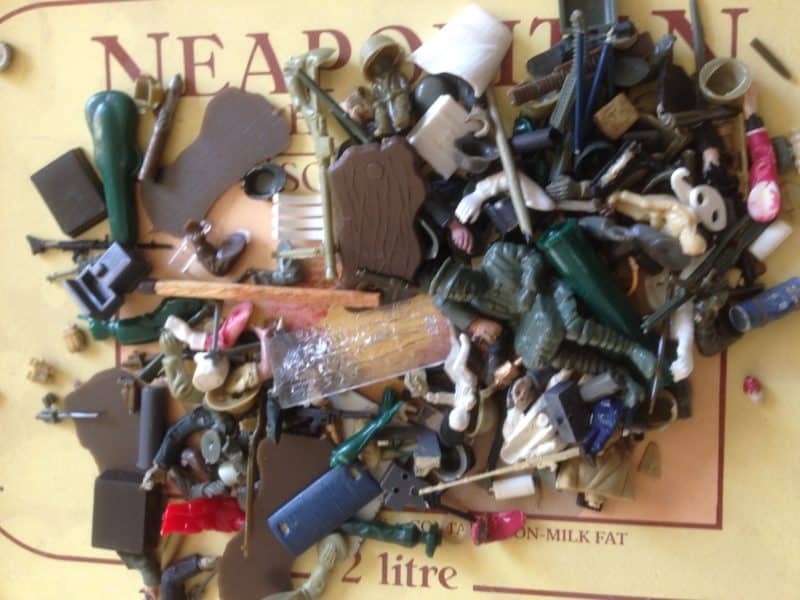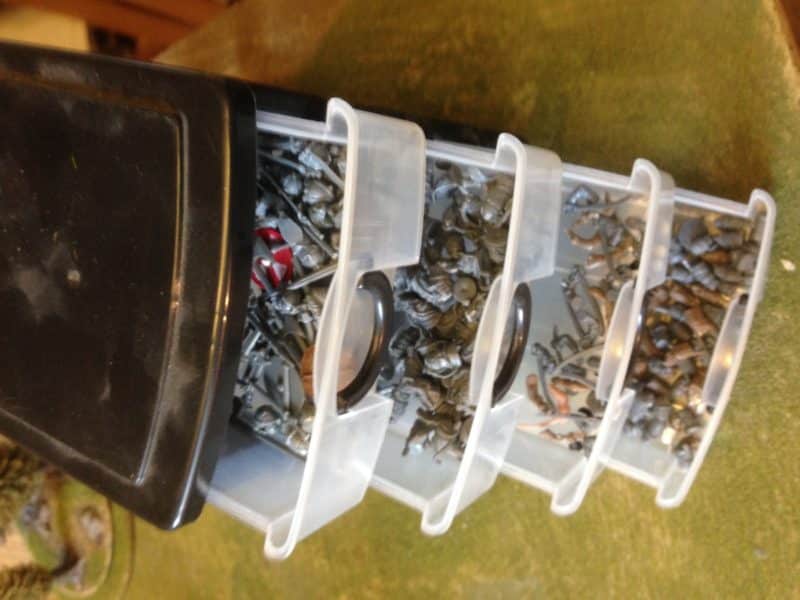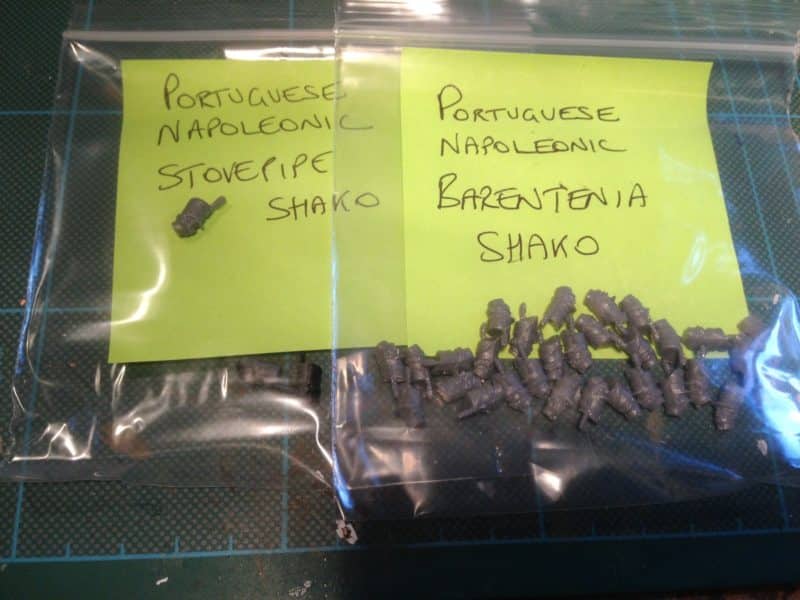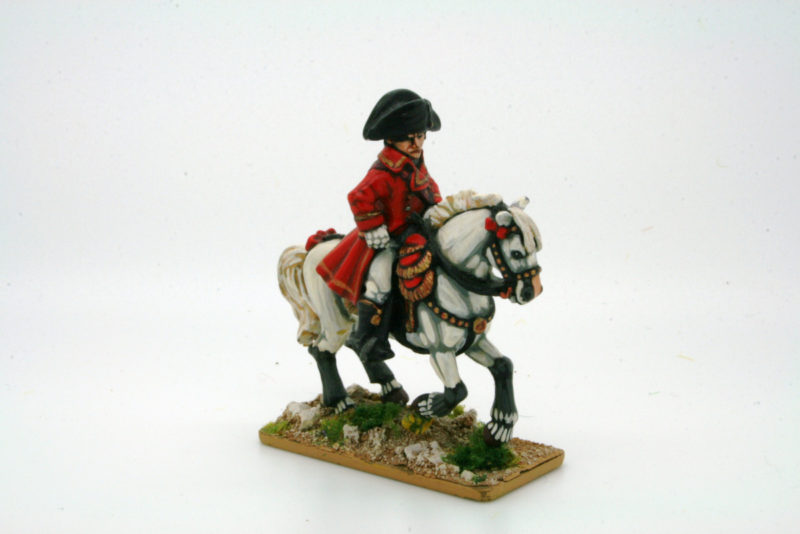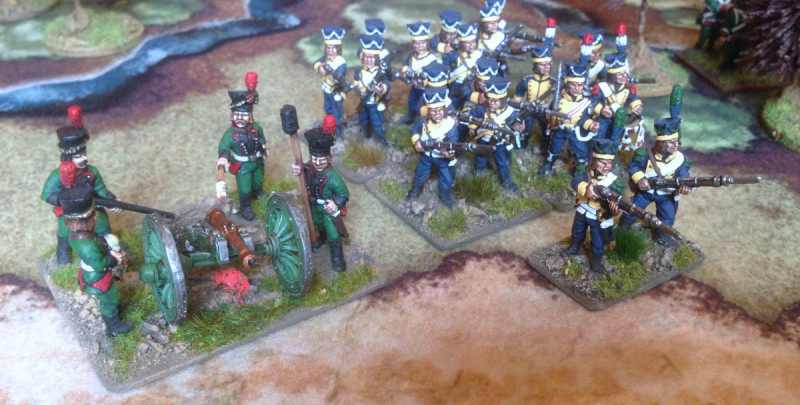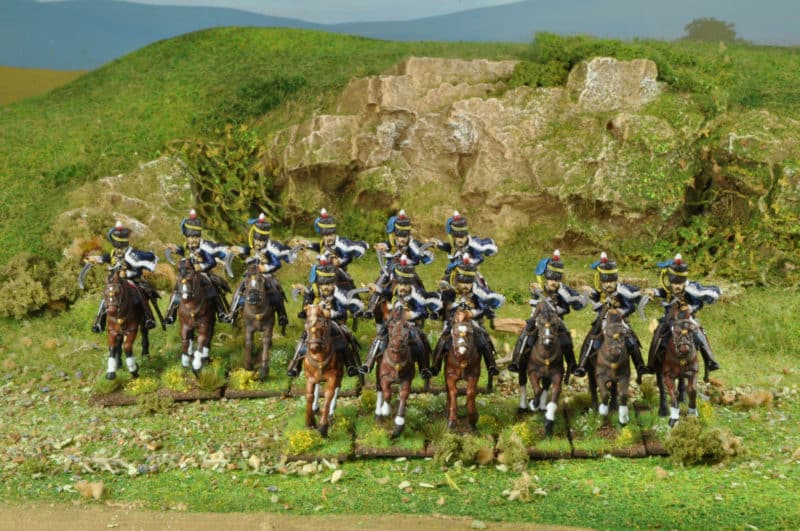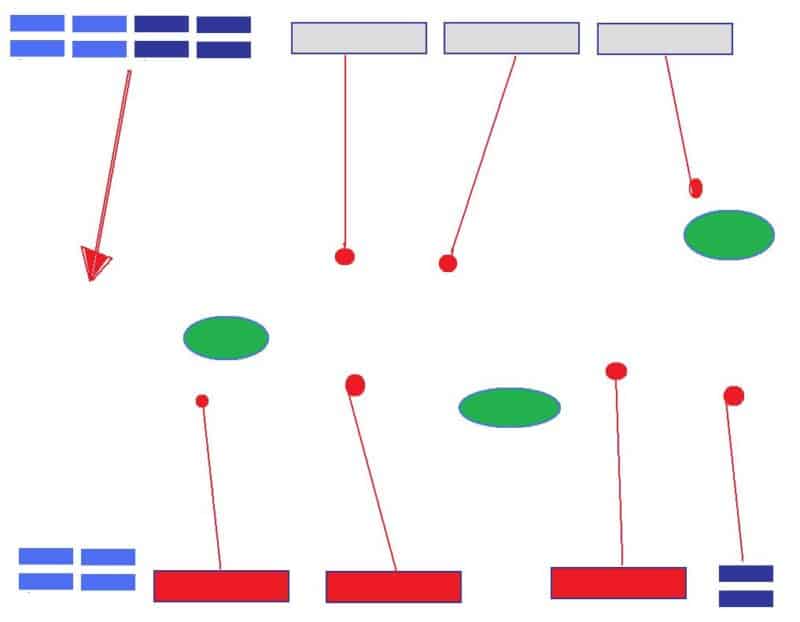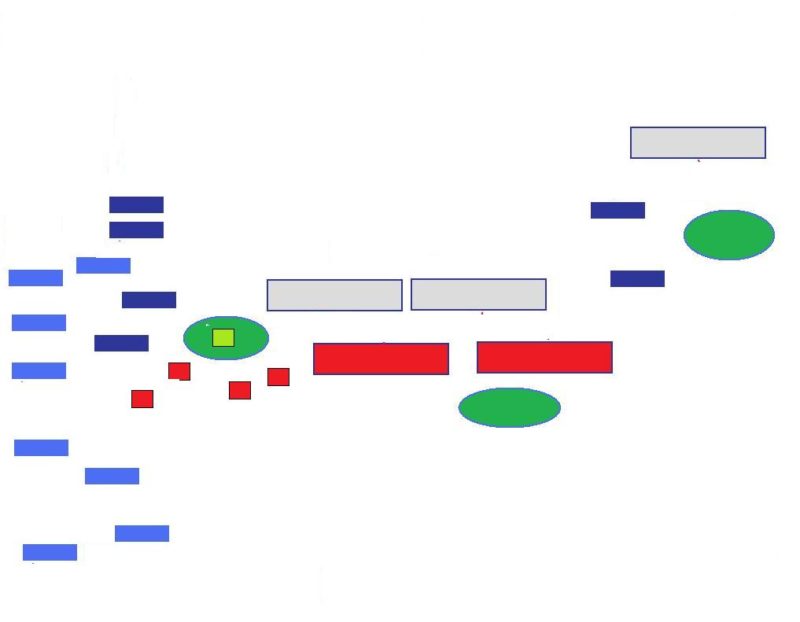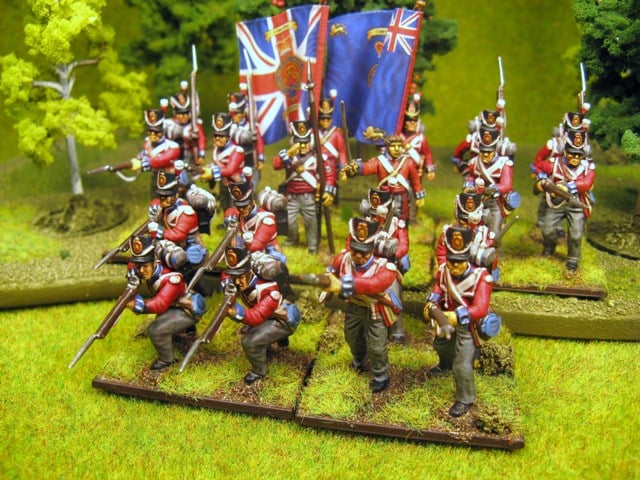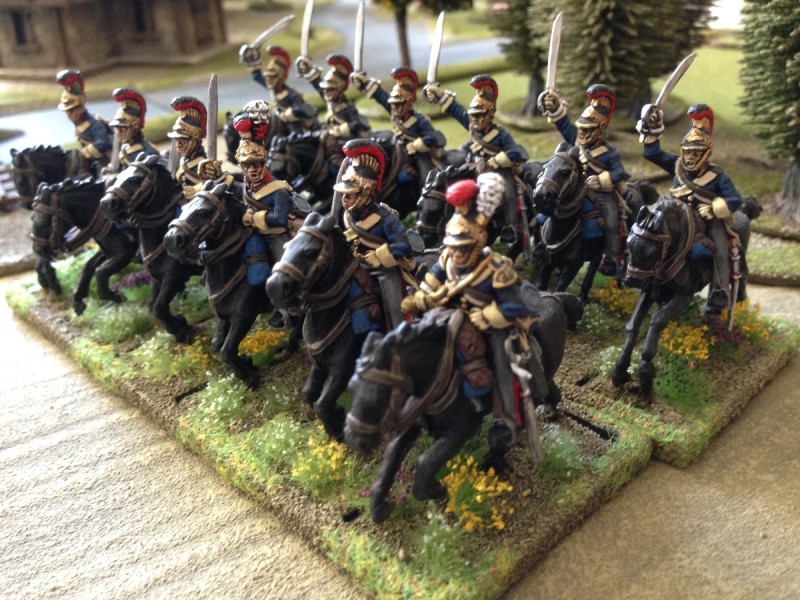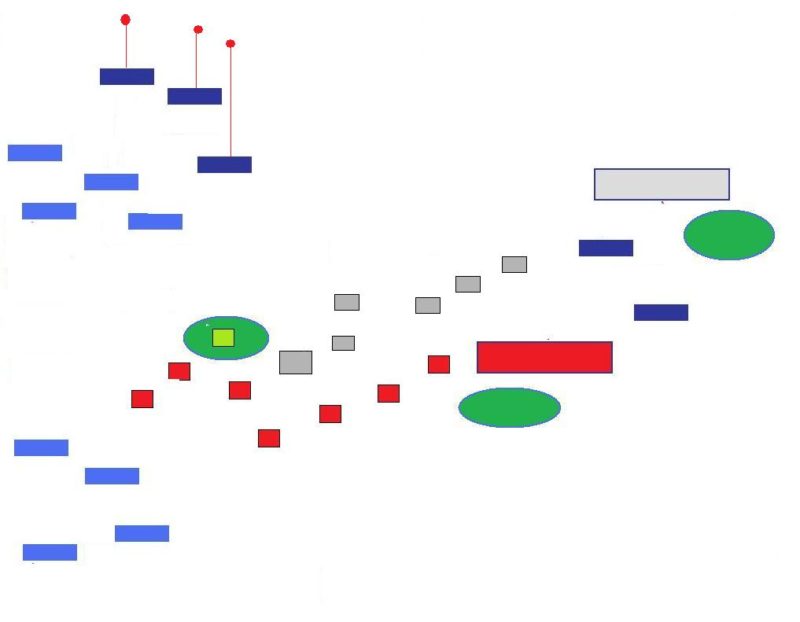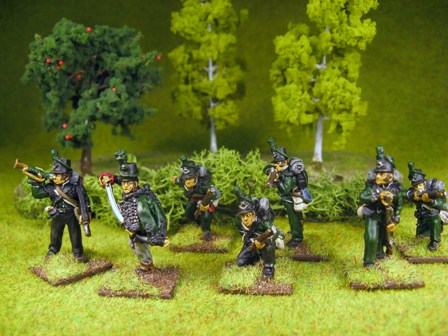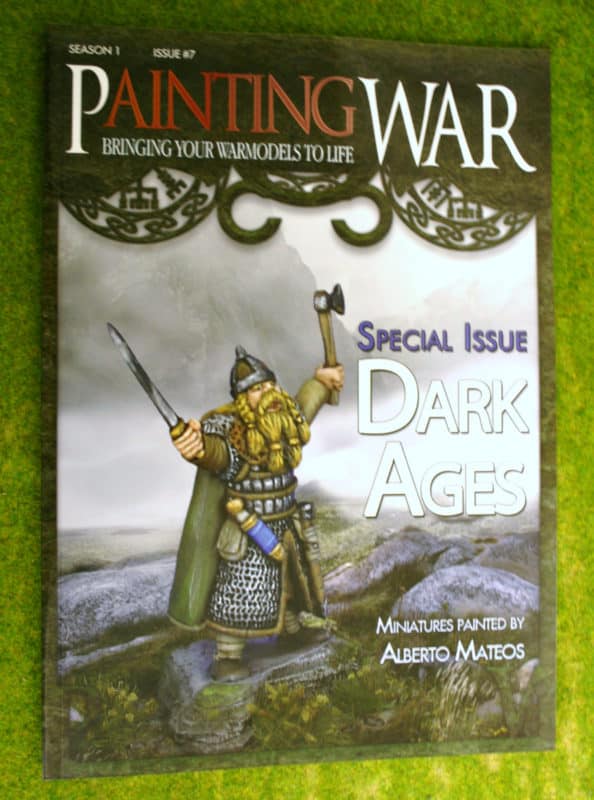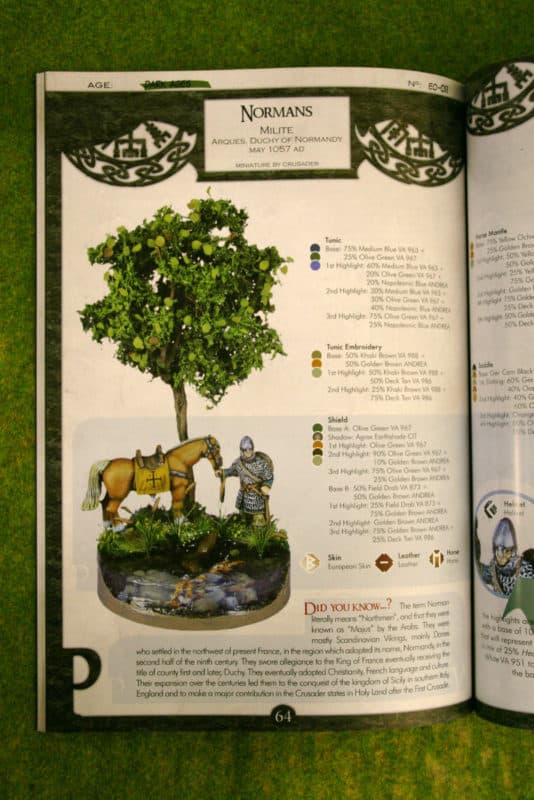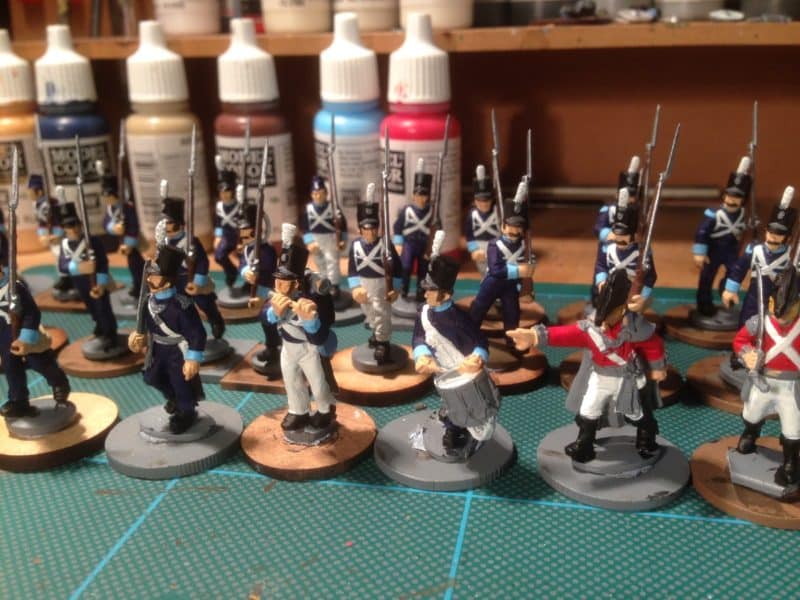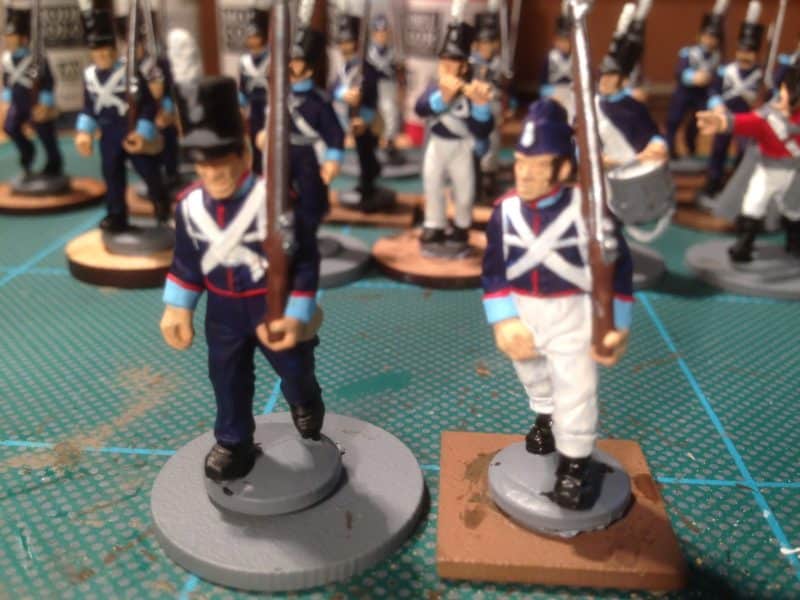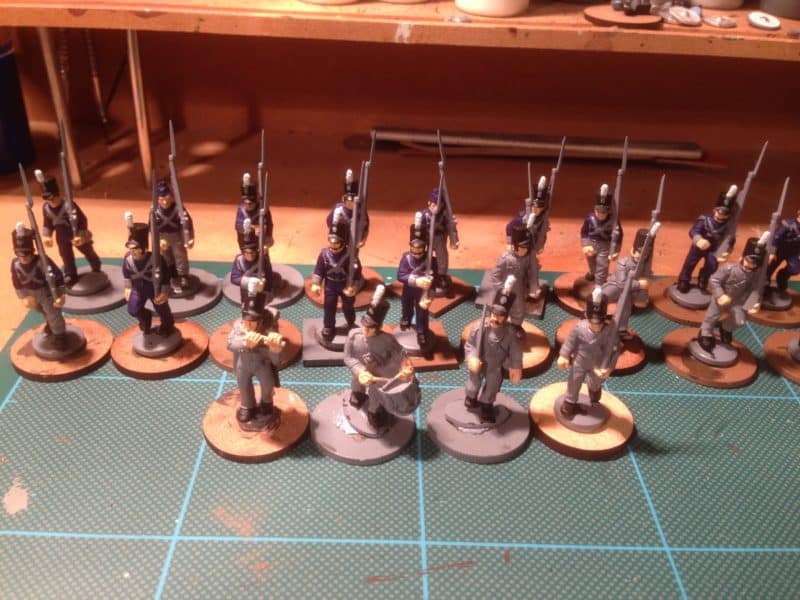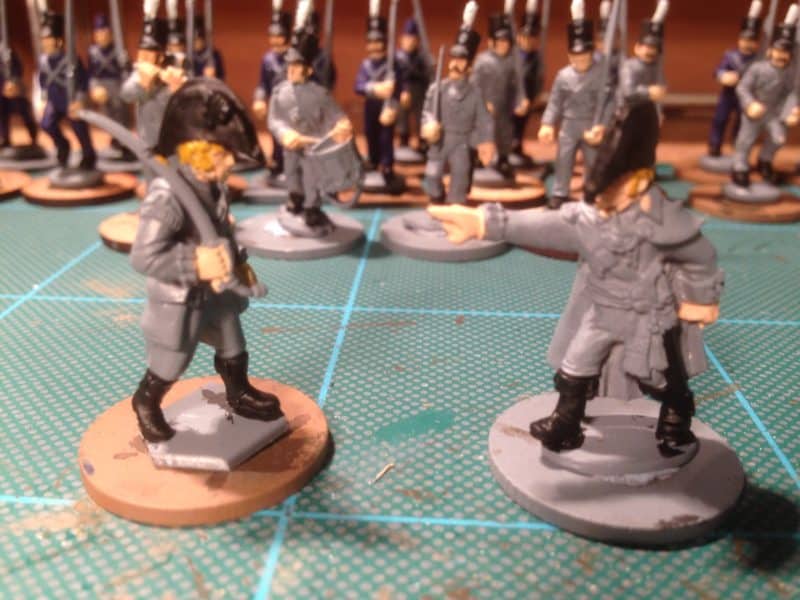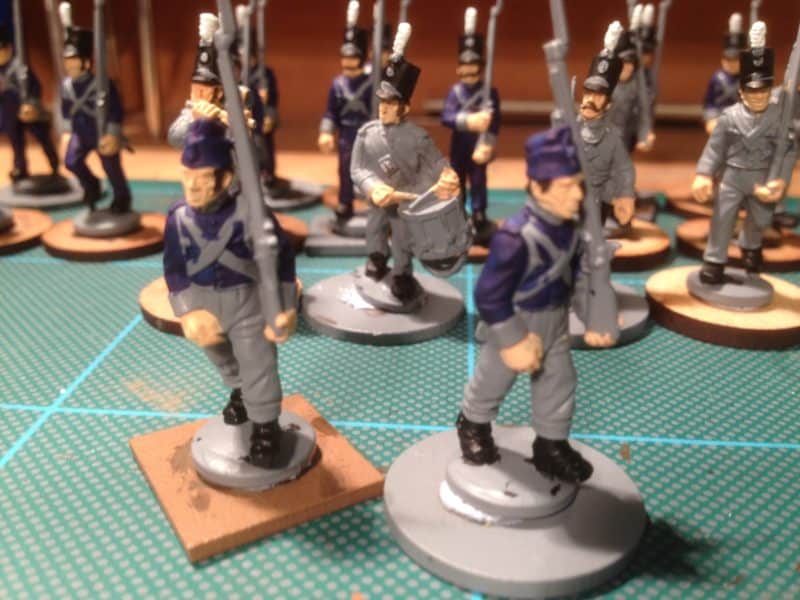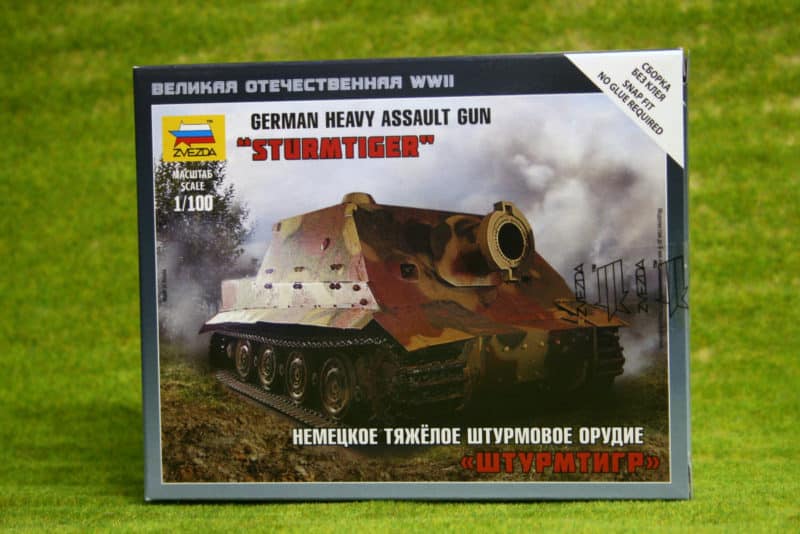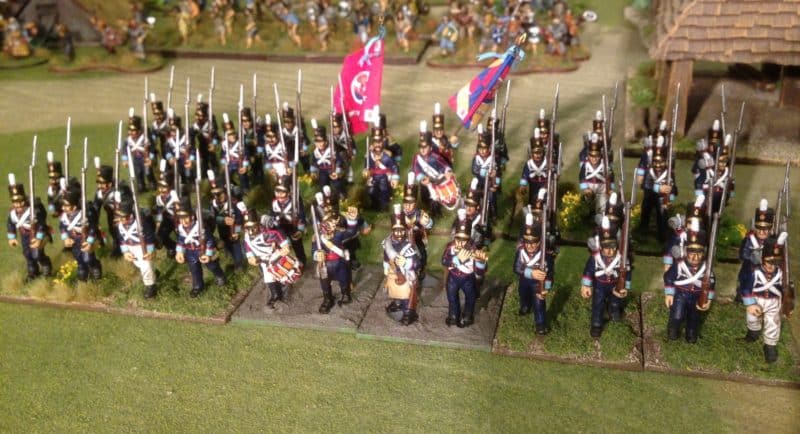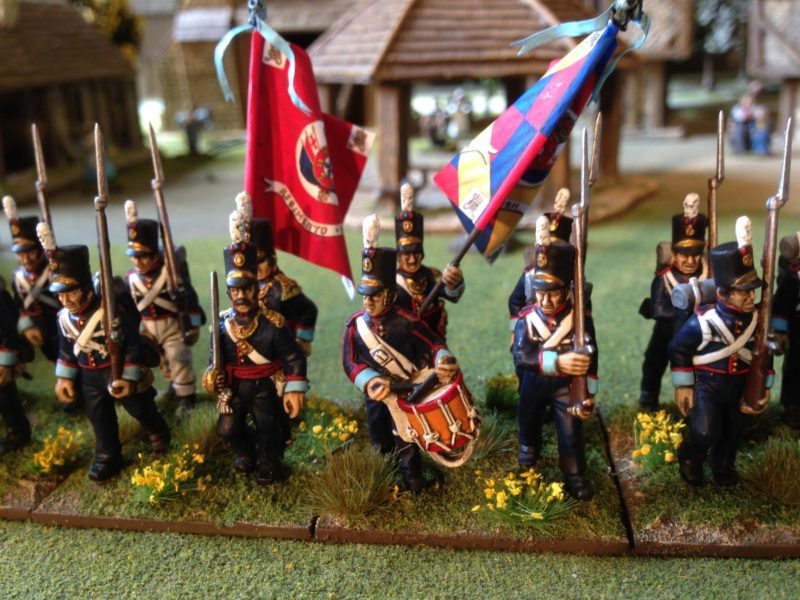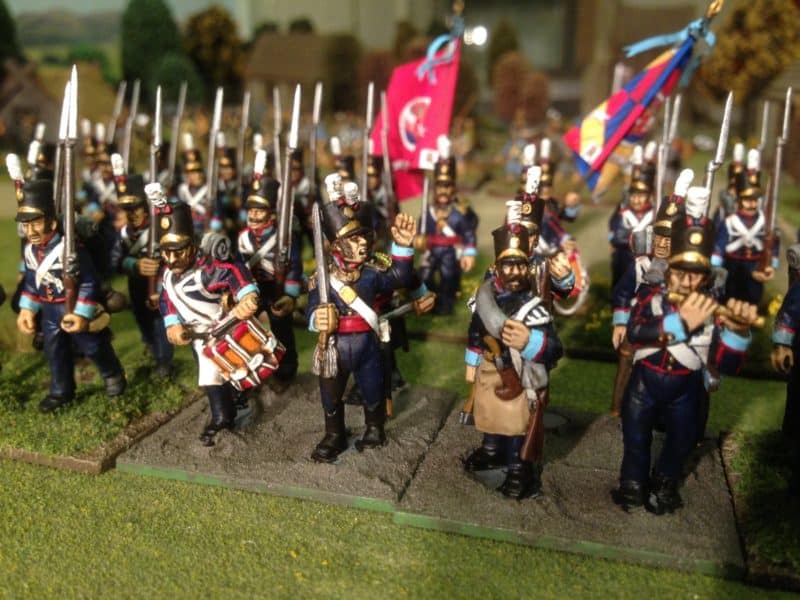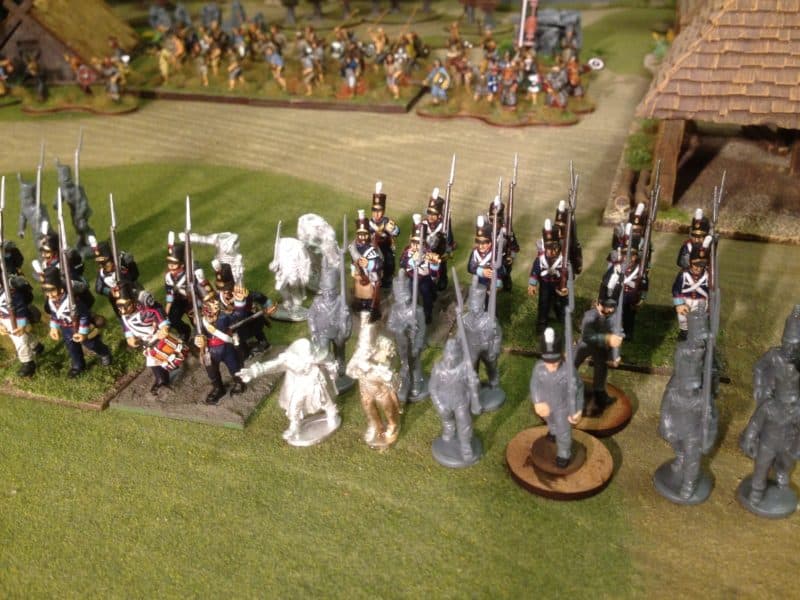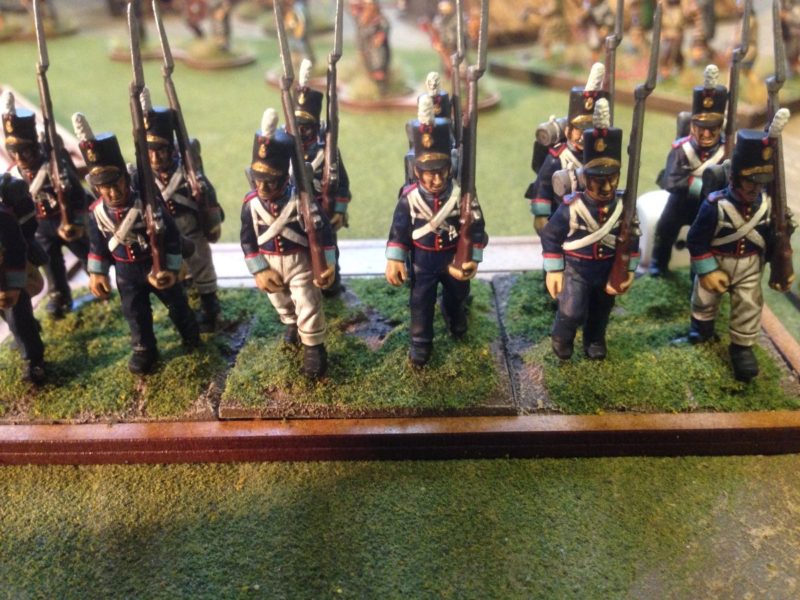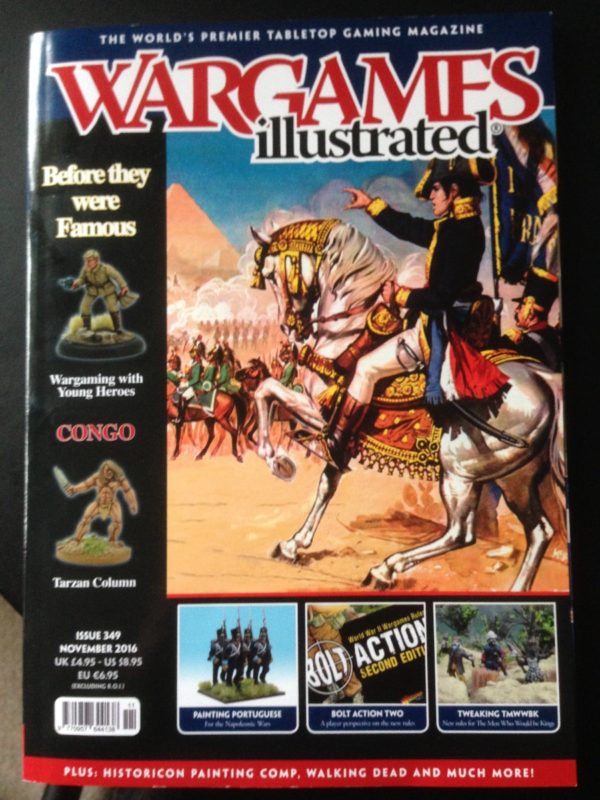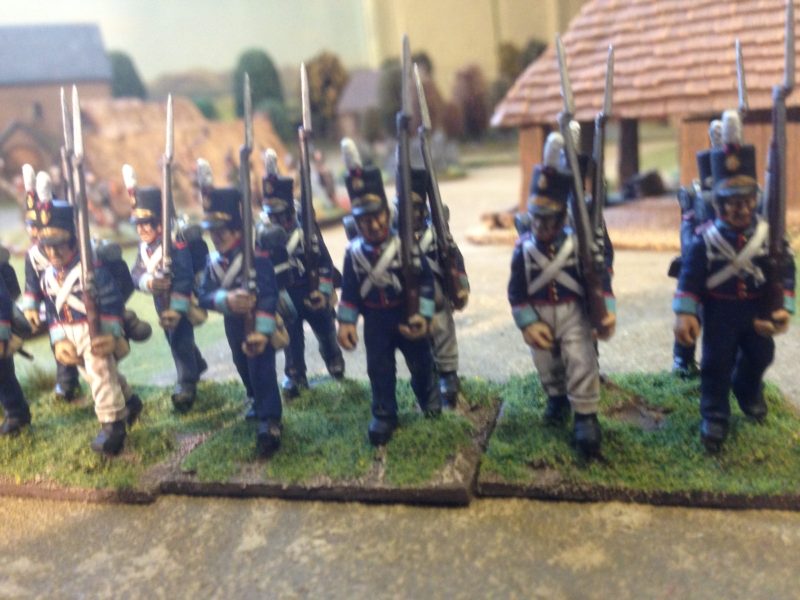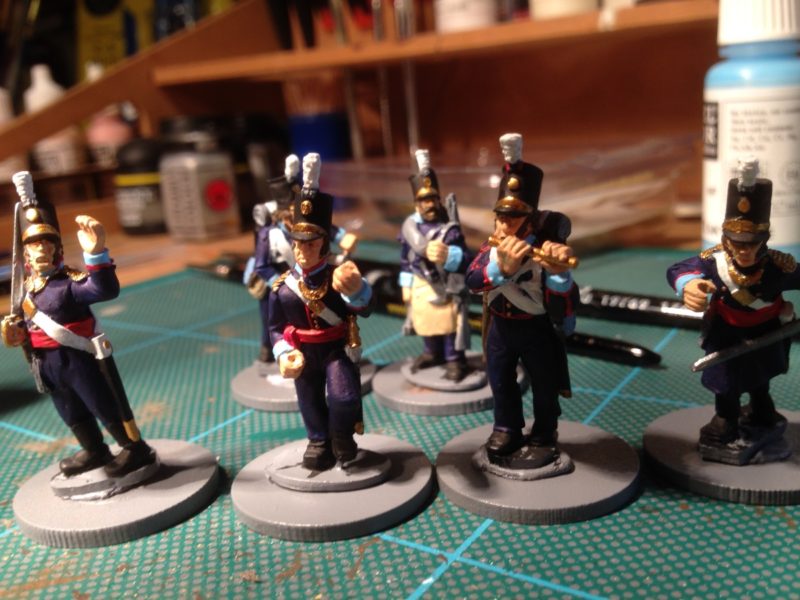Yes, I know that I am supposed to be finishing those last 12 Portuguese on the work bench but distractions abound. None more so than the new Picts that Footsore will be releasing later this month. In preparation for the launch, they have been busy casting stock this week and as the casting room is practically in the same building as Arcane, it’s pretty difficult to resist being nosey and having a look at the figures as they are cast. I really liked the look of the new Pict Warlord. I had seen the first pictures on the Footsore web store and he was just as good in the flesh, or more accurately , metal.
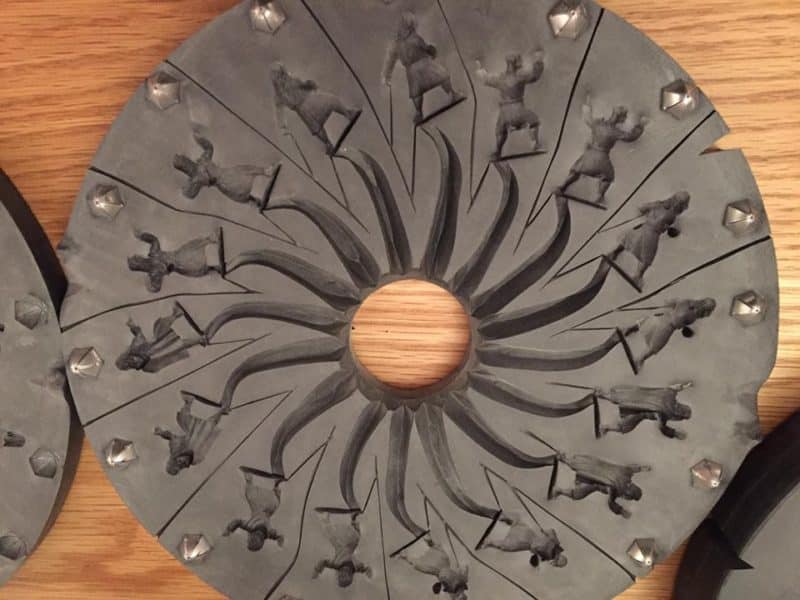
Great excitement as the Footsore Picts molds arrive on site!
You can imagine the conversation…
Me , drooling, ‘Ooh, he looks really nice!’
That nice Mr Hobday, ‘Would you like one to paint?’
Me, ‘yes please!’ Snatching it out of Andy’s hand and galloping back to my unit with the treasure!
Well, that was this Monday and as I am not a hoarder when it comes to figures, I accepted Andy’s generosity as I wanted to paint the figure and not just to add it to a lead mountain in my garage. To be fair, as hinted at in my last blog article, I am happy to be distracted from churning out units for my Napoleonic Black powder army and the Pict Warlord was something different.
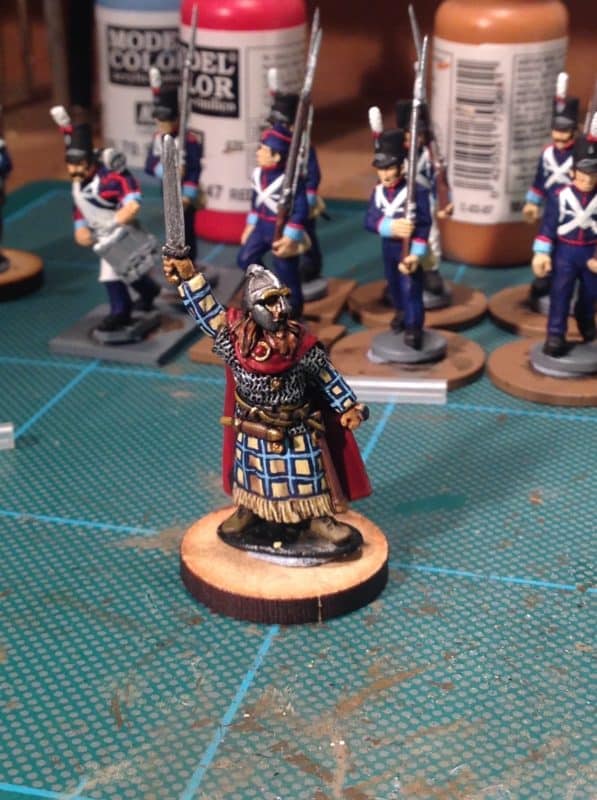
Move over you Portuguese, a new kid is in town!
I’m afraid I didn’t do too much in the way of research when it came to deciding on the colour scheme. I had been planning a fairly basic tartan and was thinking along the lines of a green/blue scheme but Bill Thornhill, the talented sculptor behind Footsore, had already used these colours, so I looked for something different. I used the easy way to get some ideas – a quick search on Google images gave me some inspiration. An increasingly useful tool for me is the Pinterest Site. A quick search on here also revealed some interesting subjects. The beauty of Pinterest is that you can create your own set of reference pictures – I don’t yet have a board for Picts but my Dark Age Irish and Celts has a few useful pictures. In the end I decided to go for something a bit different and perhaps not entirely realistic but I wanted my warlord to stand out on the battlefield.
So in Monday nights session, I cleaned up the model and primed him with Army Painter Matt Black spray.
Tuesday evening, I block painted the model. I use Vallejo model colour paints .
Dark Flesh 927, Face & hands; Steel 864 Chain mail, sword & helmet; 871, Leather Brown & 940 Saddle brown for the belts & accessories; 981 Orange brown for the hair; 801 Brass for buckles etc; 814 burnt red for the cloak. The Warlords tunic was painted in Vallejo beige 70917. I like this colour as it has quite a bit of yellow in it but is about right for dark age cloth. Once the figure was block painted, I used army painter ink to shade the colours. I used the Black or strong tone over the chain mail & Steel. Everything else got a wash of dark tone, or brown.
Last night I set too and tried to get the model finished. This involves re painting over the inked bits using the original colours to set the mid tone and I used the following paints as highlights, sometimes in combination: 819 Iraqi sand; 820 Off white; 877 Gold Brown; 996 gold; 997 Silver; 955 flesh; 947 Red. It’s pretty straight forward what was used over what colour but I do tend to improvise…
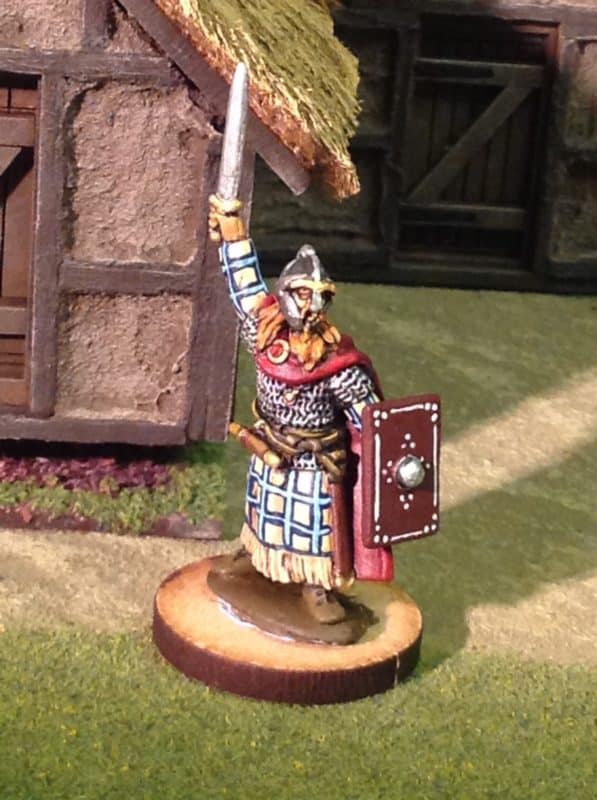
Footsore Pict warlord with shield – still on painting base!
To get the tartan effect on the cloak it was just a matter of painting a chequer board pattern using first of all 899 dark Prussian blue and then painting inside the lines with 961 Sky blue. From a distance it all looks nice – close up you can see my hand isn’t quite as steady as it could be and perhaps my eyes aren’t as sharp as they were but it will do for me. I should also admit to being slightly red/green colour blind so what may look garish to you looks beautifully blended to me! I was a bit lazy when it came to shading and highlighting the tartan design – I didn’t do it! It does look a bit unnatural but at least it stands out! I should perhaps give it a light ink wash but for now I’ll leave it be.
For the shield, I went for a simple design. I wanted to finish the figure in time for today’s blog. So I used a black red 70859 background and painted a simple pattern on it – dots and lines. So that is my Pict warlord finished for now. I say for now, as I need to base him and to do that I will need to finish the banner man that comes with him. The other issue is that when I see the close up pictures, there are clearly some errors that could do with tidying up… I think that I’ll go back to the Portuguese first!
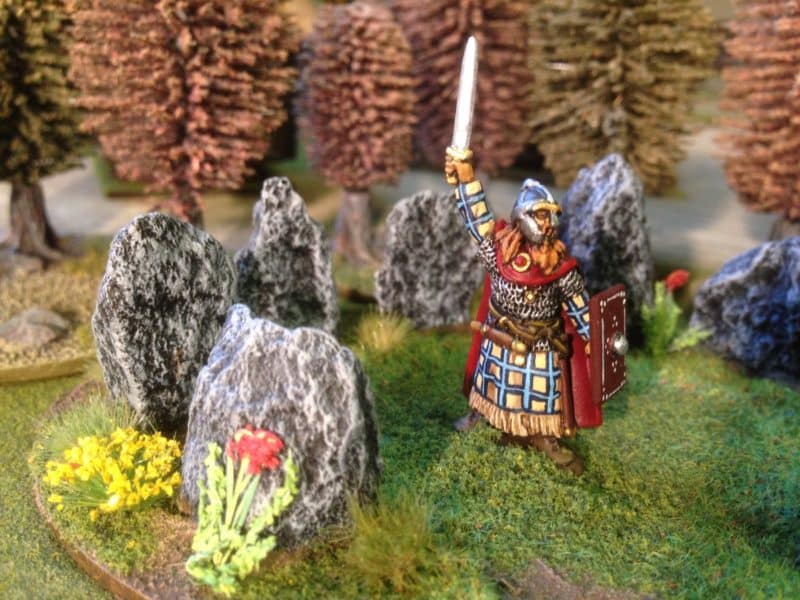
Footsore Pict Warlord temporarily at home in a DeeZee stone circle.
So one warlord awaits his retinue – it will follow, I quite fancy some cavalry and I might just borrow some of my Irish warband to make up the numbers whilst I think about it.
If you are interested in building your own Pict war band, as soon as they are released we will be stocking them here:
Footsore Miniatures
If you would like to get some more ideas and hints on how to build and paint your models, please visit:
Footsore face book page
Bill has put up some really useful videos full of hints and tips on how to get the best out of your figures.


